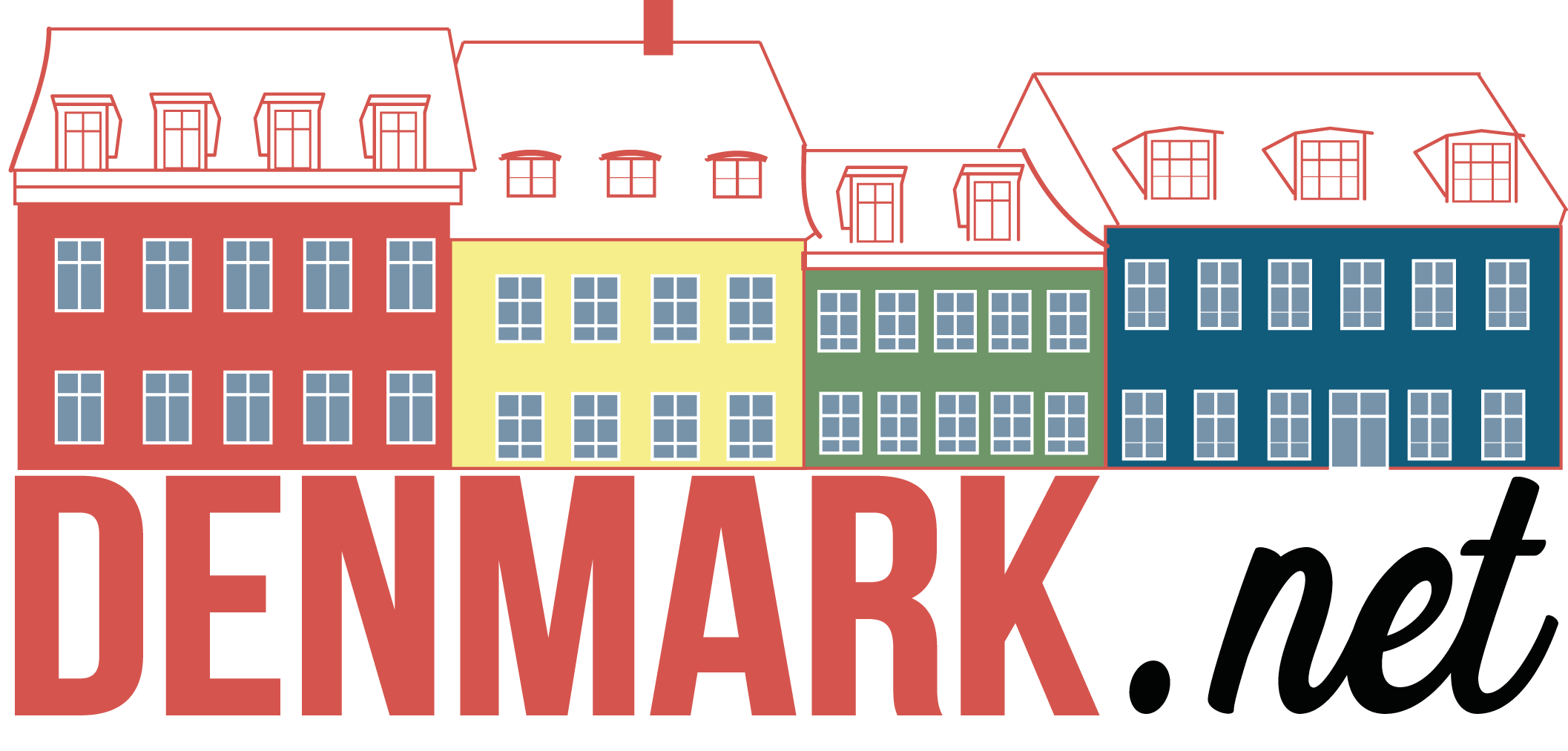
If you think that the term “eco-village” is a concept that is just recently being bandied about or that it is merely a passing fancy for environmental activists, then take a closer look at Dyssekilde. Tucked in between Frederiksvaerk and Hundested is a small community that has been successfully living on the essential principles of an ecological society for over 25 years. Okosamfundet Dyssekilde is one of Denmark’s oldest eco-villages, made up of 74 unique and sustainably-designed dwellings built on an old potato field in Torup Town.
It was started by a group of people who had shared visions of creating a self-sustaining vegetarian and spiritually-enriching community. Today, Dyssekilde has about 200 residents divided into six housing groups and all working as one tightly-knit community. It is being used as a successful case study by environmental groups around the world. Visitors who come to Dyssekilde will be impressed with the way in which the housing groups were built. Each one distinctly creative, most of the houses were built by the owners using recycled and biodegradable materials and with the purpose of being self-sustaining and energy-efficient. There are experimental houses, some made with straw bale or with roofs made completely out of solar panels.
The village also has common facilities such as a waste shed, a recycling shop, laundry area where rainwater is used in the machines, a communal farm and a community house for social events. There are no cars in Dyssekilde except for the communal cars owned by the village and which the people take turns using for when they need to get around. For power, the village relies on seven wind turbines.

Be the first to comment